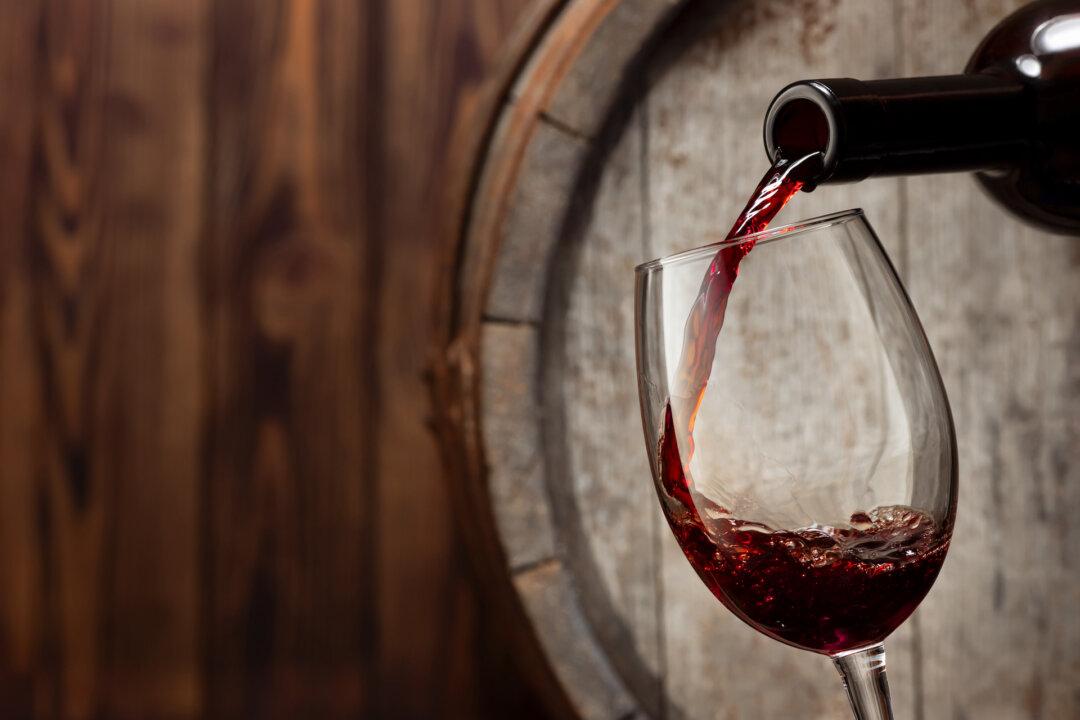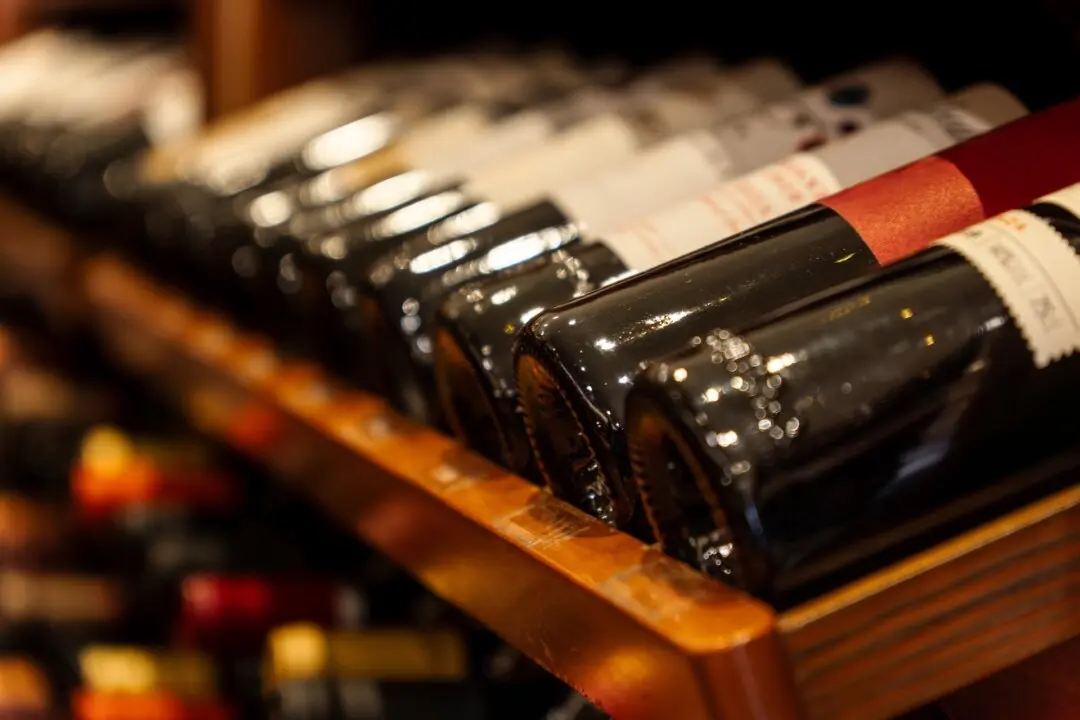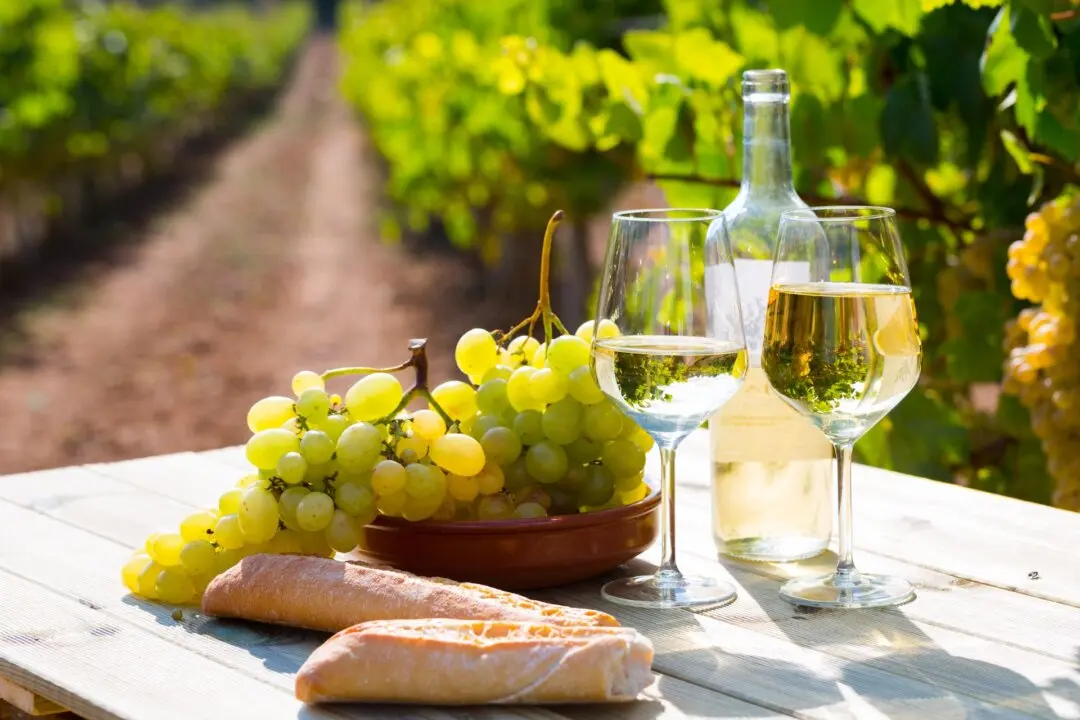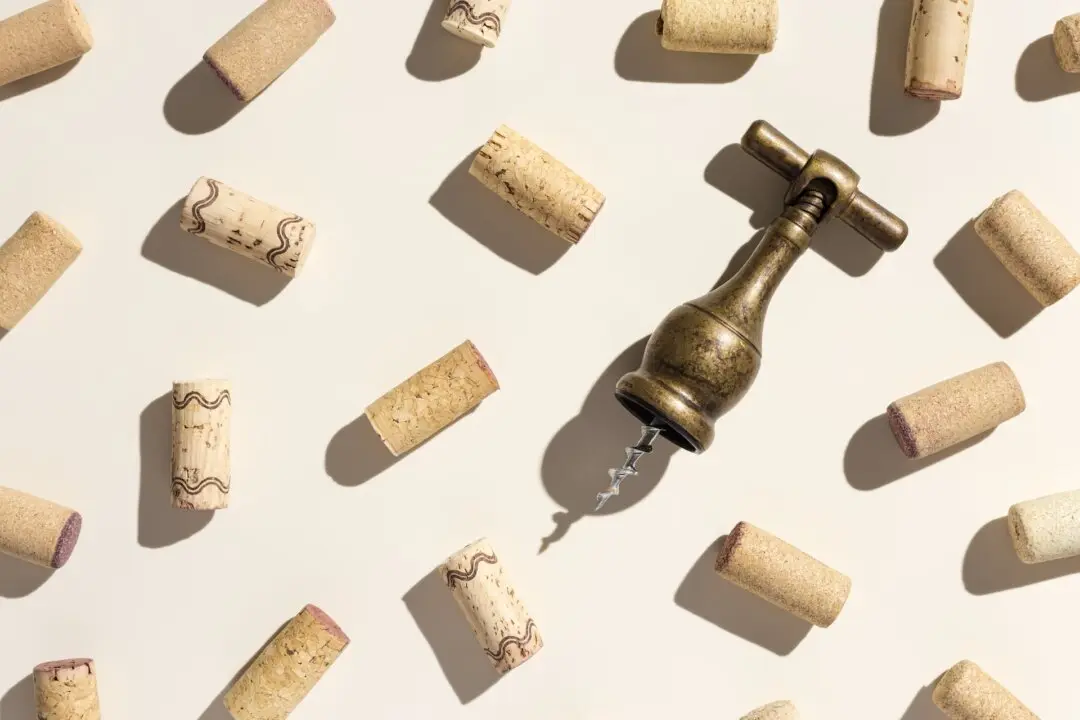Creating a cache of wines for a private cellar is a task rarely seen in this country today, although in years past it was a creative idea.
In the 1970s and 1980s, thousands of people throughout the country engaged in this activity, putting away a couple of dozen wines that would improve in a few years and would be the basis for some people expanding their collections that eventually proved to be financially beneficial.





